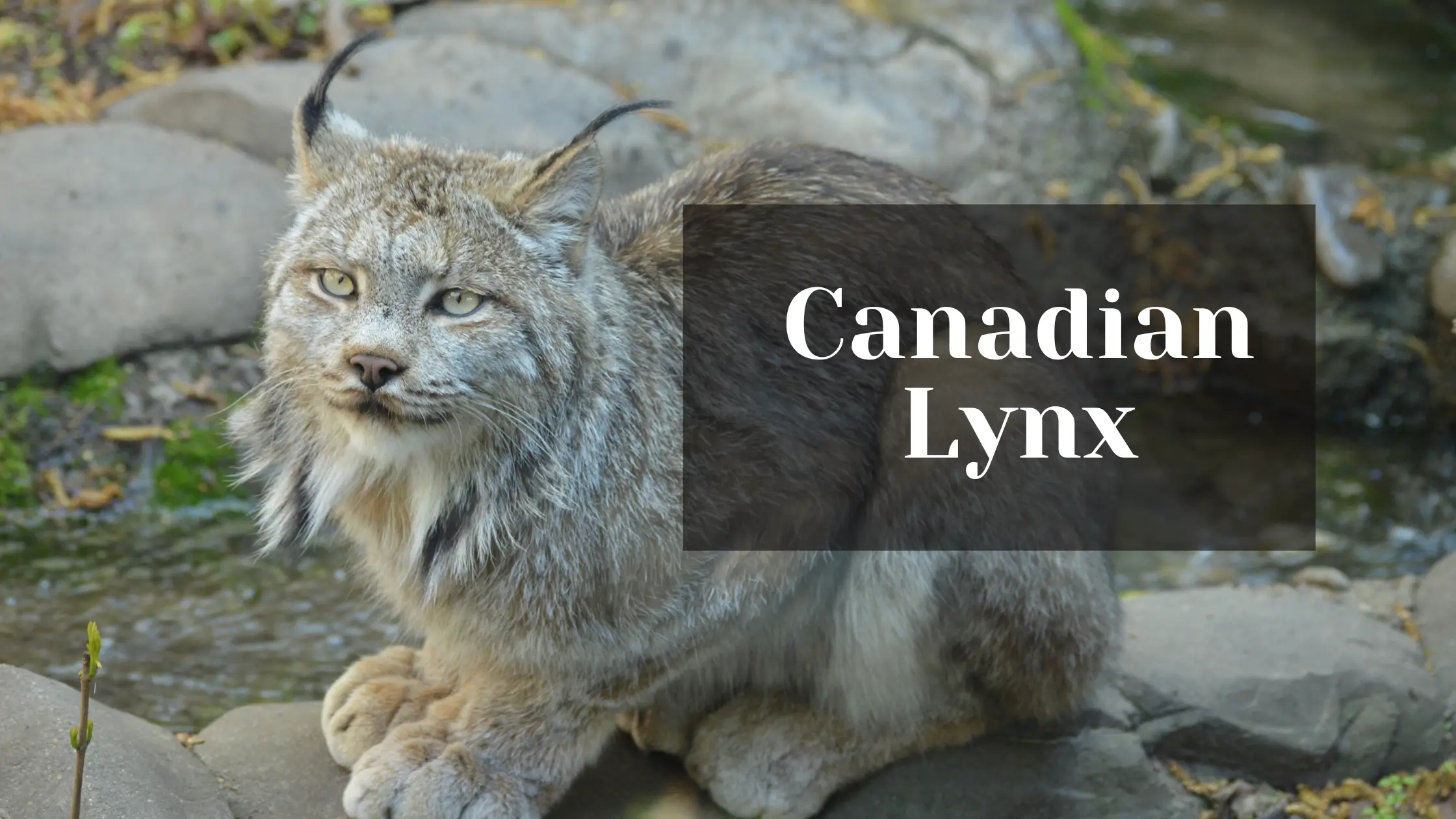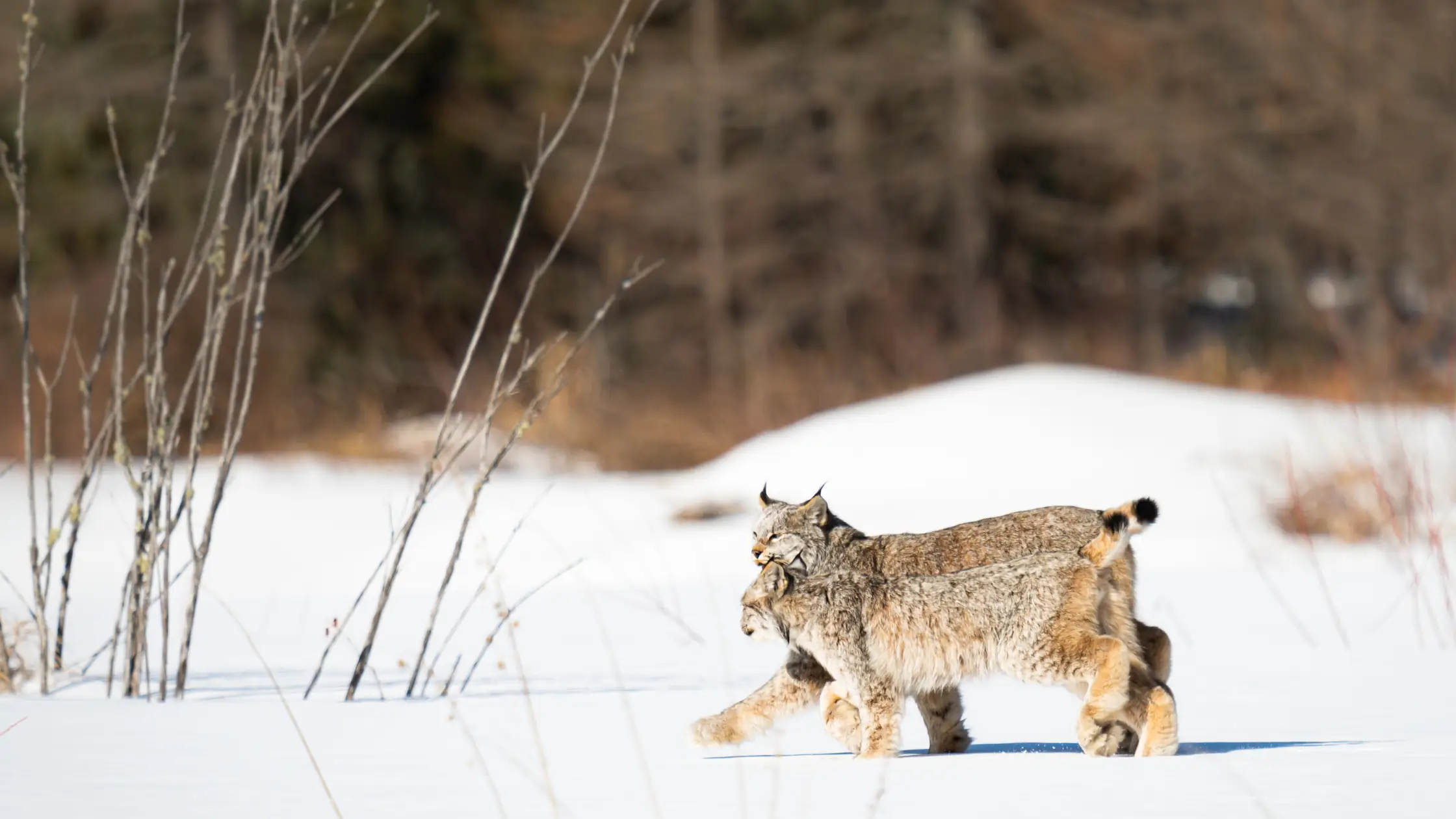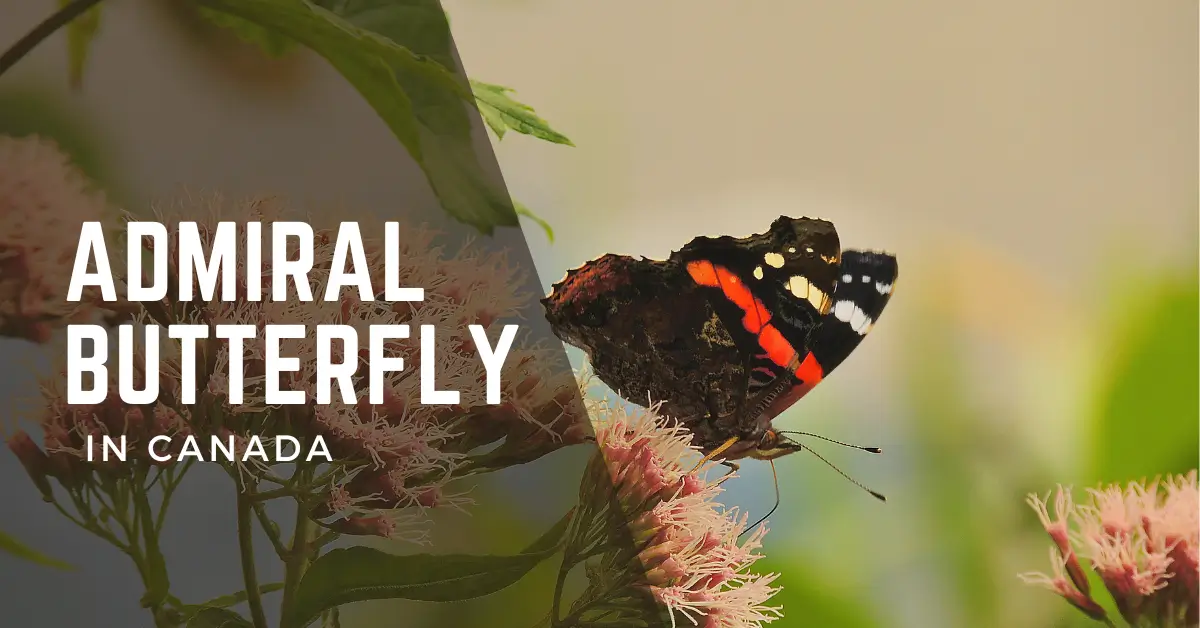This animal is a mid-sized carnivore and is included in the family of cats with a face resembling the Bobcats. These animals present a perfect face and inhabit the terrestrial habitats where they hunt their prey. They are quite secretive and difficult to catch or figure out.
They inhabit some specific mountainous regions of Canada and the deep forests along with areas where snow falls.
Physical Characteristics and Features
The Canadian Lynx has long legs, a small tail, and a short body. Following are some of the physical traits of the Canadian Lynx:
| Features | Relevant Information |
| Scientific Name | Lynx Canadansis |
| Life Span | Average is 14 years but they can live up to 26 years in some cases |
| Diet | Snowshoe hares along with some small birds and mammals |
| Height | Average height can be 30 – 35 inches |
| Average Weight | Average weight is about 6 – 14 kg |
| Habitat | Live in dens under fallen trees, tree stumps, rock ledges, and thick bushes |
| Species | 2 subspecies in Canada |
| Adaptation to different weather | A fur coat is thick, long, and grey while in summer it becomes thin, short, and light brown. |
A collection of interesting facts regarding the Canadian lynx will make you wonder about the attractive aspects of these species. Here is a list of some of those facts:
-
Survival in Cold Conditions
Lynx are well-adapted for life in cold climates, with their thick fur coats and large, furry paws that act like snowshoes.
-
Efficient Detectors of Prey
The Canadian Lynx is a skilled hunter, able to detect prey that is completely buried under snow.
-
Strong Senses
Lynx have excellent vision and hearing, which helps them locate and catch their prey.
-
Symbolic Animals of Canada
The Canadian Lynx is a symbol of wilderness and is featured on the Canadian quarter coin.
-
Males Stay Alone
These species exhibit lonely behavior, especially males, and occupy the terrestrial lands.
Breeds of Canadian Lynx Inhabiting Canada
Following is a list of the subspecies of these animals found roaming in the Canadian territory:
-
Lynx. c. canadensis (Found in Mainland)
This type of Canadian lynx inhabits the complete Canadian mainland and is present in diverse locations within the country.
-
Lynx. c. subsolanus (Found in Eastern Regions)
This subspecies is present in the Eastern region of Canada in Newfoundland.
Sightseeing of Canadian Lynx
Canada has one of the highest populations of Canadian Lynx in the world, with their range spanning from Yukon and Northwest Territories to Newfoundland and Labrador.
Where to See Canadian Lynx
Canadian Lynx can be seen in different Canadian provinces but can be found in abundance in the Northwest Territory from Yukon to the Eastern areas like the Labrador Sea and Newfoundland.
You can always view the Canadian Lynx in the mountain ranges of Canada.
When to See Canadian Lynx
The best time of year to see the Canadian lynx in its natural habitat is typically during the winter months, from around December through March. Following are some reasons for this thing:
- Winter is when lynx are most active and visible as they are hunting for prey like snowshoe hares, their primary food source.
- Lynx tend to be more mobile and cover larger territories when tracking prey in the winter months.
- Snow improves tracking opportunities, as lynx prints and other signs are more visible.
Precautions to See Canadian Lynx
Whenever you go to see wild animals especially those that hunt, then you must be cautious and take necessary safety measures to avoid any incident.
- Respect the lynx’s natural habitat and do not disturb its hunting or denning areas.
- Supervise children closely and do not let them wander off in lynx territory.
- Stay calm and back away slowly if the lynx seems agitated or threatened.
- Be especially cautious during breeding season or if a lynx has kittens nearby.
- Do not corner or trap the lynx, as this will make it more likely to attack.









